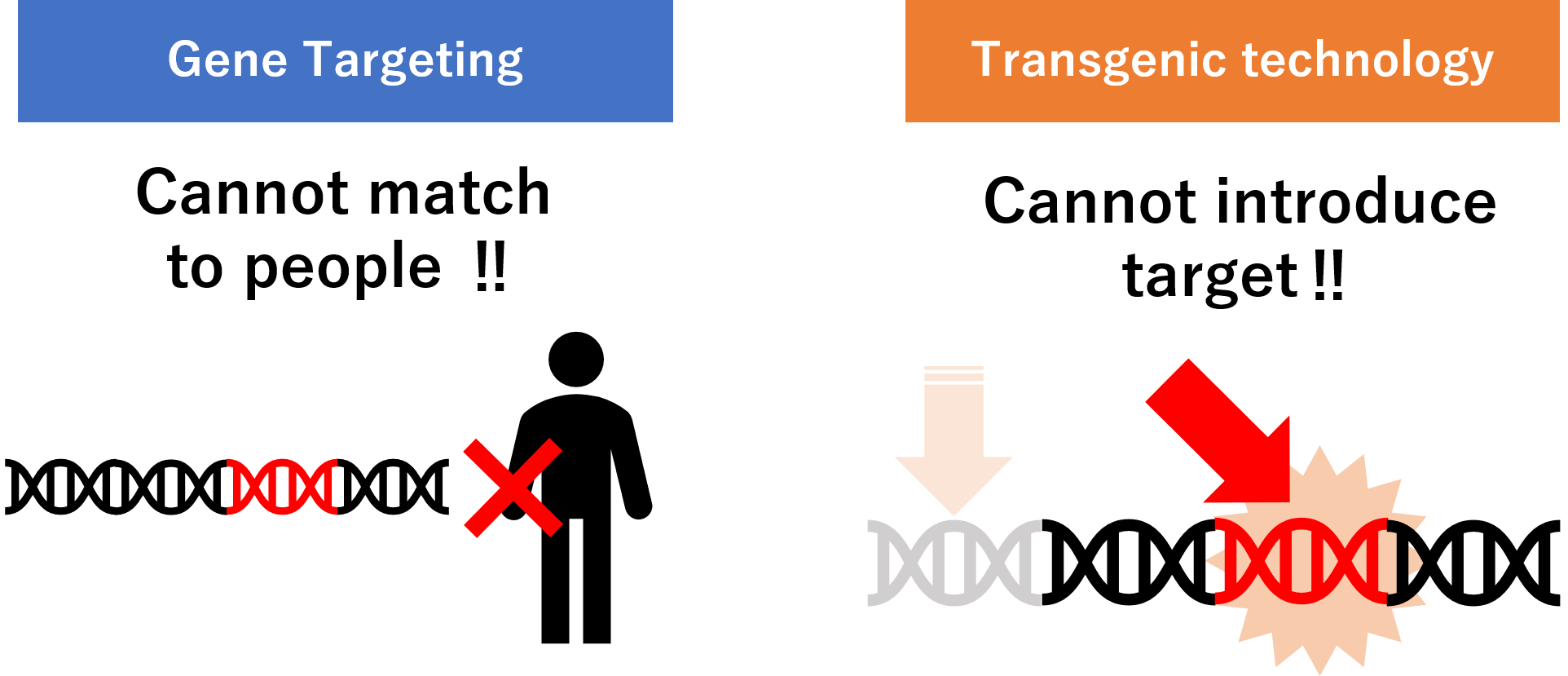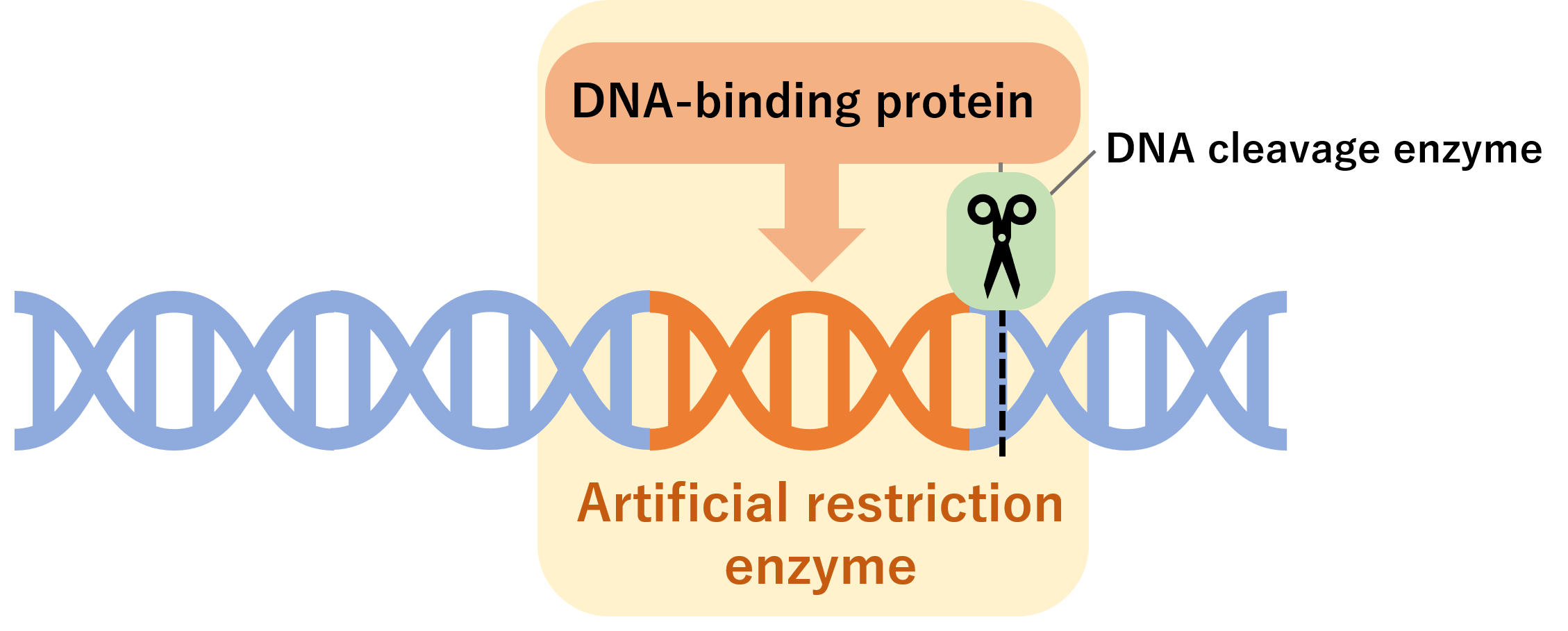Gene Therapy in the Future
We explained the current status of gene therapy, and now I would like to explain how gene therapy will be in the future. There have been many problems with gene therapy, but how will they be solved?
We explained the current status of gene therapy, and now I would like to explain how gene therapy will be in the future. There have been many problems with gene therapy, but how will they be solved?
Do you often hear the term "genome editing"? In fact, genome editing is a revolutionary technology that will break through the current status of gene therapy. Let's take a look at such "genome editing". First of all, let's look back at gene therapy up to now. Until now, gene therapy has been based on "gene targeting" and "transgenic technology," both of which have their drawbacks.

Do you often hear the term "genome editing"? In fact, genome editing is a revolutionary technology that will break through the current status of gene therapy. Let's take a look at such "genome editing". First of all, let's look back at gene therapy up to now. Until now, gene therapy has been based on "gene targeting" and "transgenic technology," both of which have their drawbacks.
The first step in genome editing is to cut a specific base sequence in the DNA. In order to do so, it is necessary to first "find" the target base sequence and then "cut" it once found. Artificial restriction enzymes play the role of searching for and cutting the target base sequence. Artificial restriction enzymes are composed of a DNA-binding protein that detects the base sequence and a DNA-cleaving enzyme.

There are three main types of artificial restriction enzymes currently being studied, so let's take a look at the structure of each of the three types of artificial restriction enzymes.

この作品はクリエイティブ・コモンズ 表示 - 非営利 - 継承 4.0 国際 ライセンスの下に提供されています。